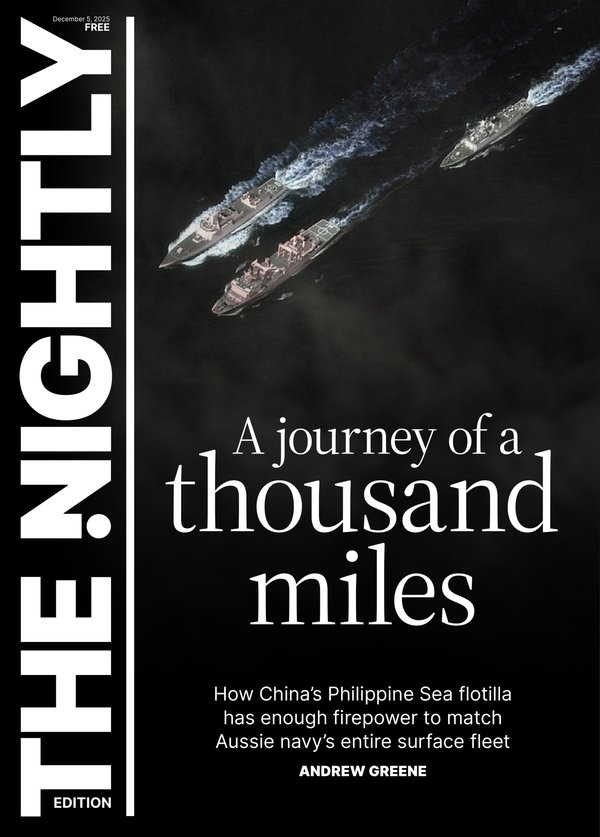Top 50 artworks to see in Australia, part three
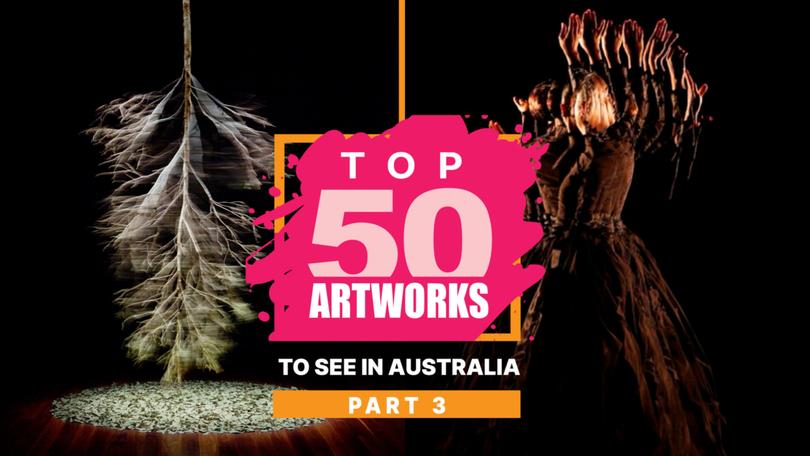
Welcome to our unfolding, unranked list of the best 50 artworks in Australian museums and galleries, taking you on a chronologically arranged tour of beauty.
You can find out more about how these works were chosen in the full introduction, but simply put: this list has a single author and therefore is highly subjective but has been put together with consideration of what each gallery or museum considers to be its most important and its most popular works.
Almost all these works are on display at the time of publication, meaning you can go and find them in the real world.
Sign up to The Nightly's newsletters.
Get the first look at the digital newspaper, curated daily stories and breaking headlines delivered to your inbox.
By continuing you agree to our Terms and Privacy Policy.If you want to find out what art is in any given gallery, the major ones all have searchable online databases. Most of them have pretty reliable filters that allow you to see what’s currently on display. All the galleries featured are free, except Hobart’s Museum of Old and New Art, which is privately owned.
Happy art-hunting!
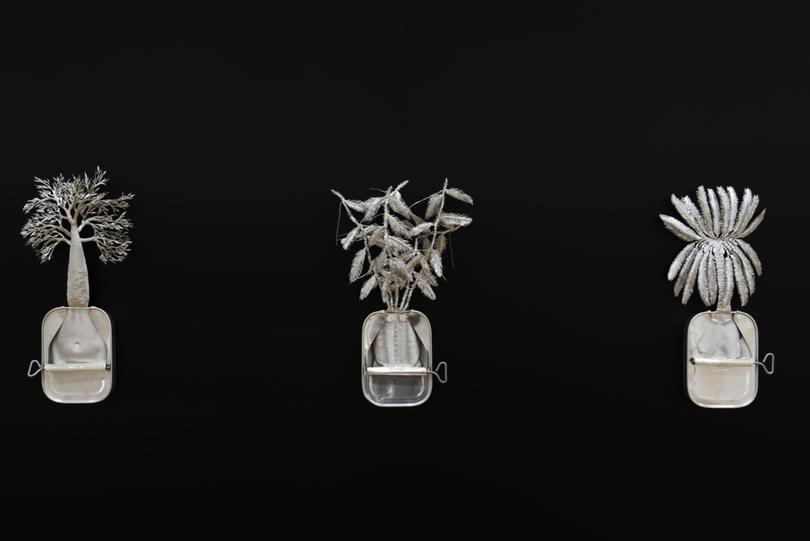
Australian artist Fiona Hall made the first iteration of her sardine-tin series, Paradisus Terrestris (Latin for “earthly paradise”), in 1989, transforming these humble disposal items into intricate, gleaming depictions of botany and sex (you can see the original series at NGA). Because these sculptures are small, you have to lean in to see the detail, which is when you cop the genitals and erotica. A decade later, Hall created a new Sri Lankan set and Australian set, with the plants given their Indigenous, Latin and common botanical names. Beautiful, cheeky, subtly political and clever, these works guarantee satisfaction.
On display at Queensland Art Gallery, Meeanjin/Brisbane.
Human human - lotus, cloisonné figure 1 (2000-01)
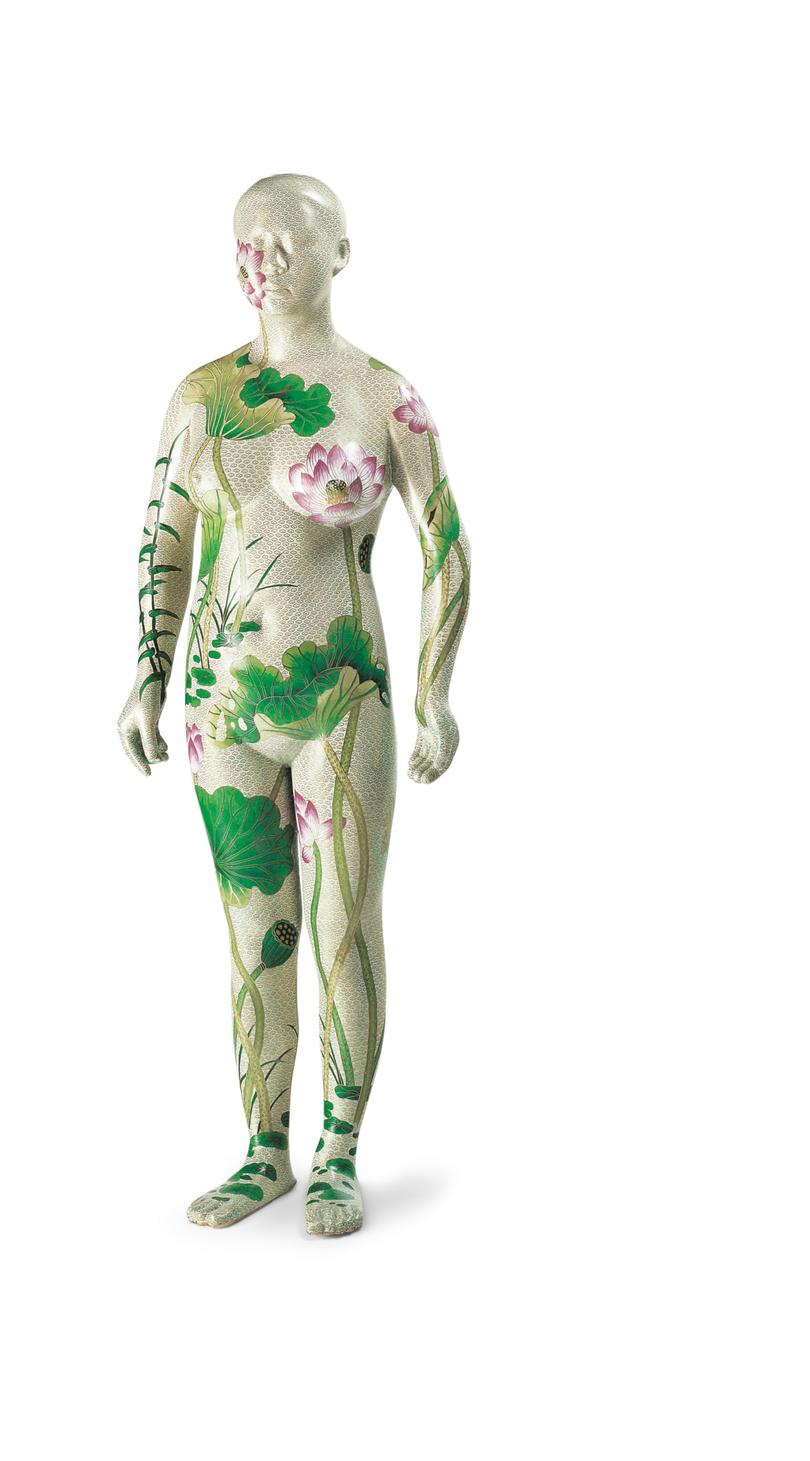
The striking porcelain busts of self-taught China-born Warrane/Sydney-based artist Ah Xian can be found in most major Australian galleries, each sculpture distinguished by a traditional Chinese decorative motif. This full-body figure is a rarer sight, and comes from his series Human, Human, featuring nude female figures. This sculpture is made from hand-beaten copper, enamelled in the cloisonné technique and covered in lotus plants (a symbol of moral purity in ancient Chinese culture). In aesthetics and craftsmanship, it reflects Ah’s experience growing up during the Cultural Revolution with a single art book in the house: Arts and Crafts of China.
On display until June 23 in I Can Spin Skies at Queensland Art Gallery, Meeanjin/Brisbane.
Necklace (2001)
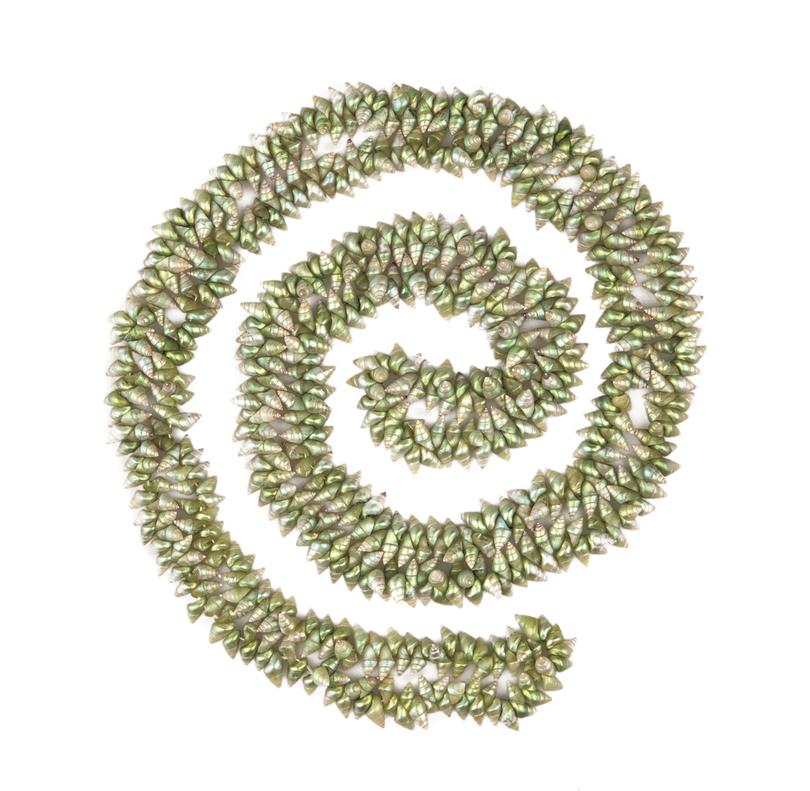
They may be small, but Lola Greeno’s shell necklaces pop in any gallery they grace, particularly her maireener-shell necklaces in pearlescent green and blue hues (the shell colour is affected by the water and sands where they grow). It’s not just the beauty of the shells; there’s a sculptural quality to the threading patterns. Greeno is one of several palawa/pakana (Aboriginal) women in lutruwita/Tasmania reviving the practice, which was passed down through six generations of her family. The creation process starts with collecting and then painstakingly preparing the shells, stripping off their outer coating to reveal the iridescent underlayer.
On display at the Art Gallery of South Australia (AGSA), Tarntanya/Adelaide.
Untitled (2007)
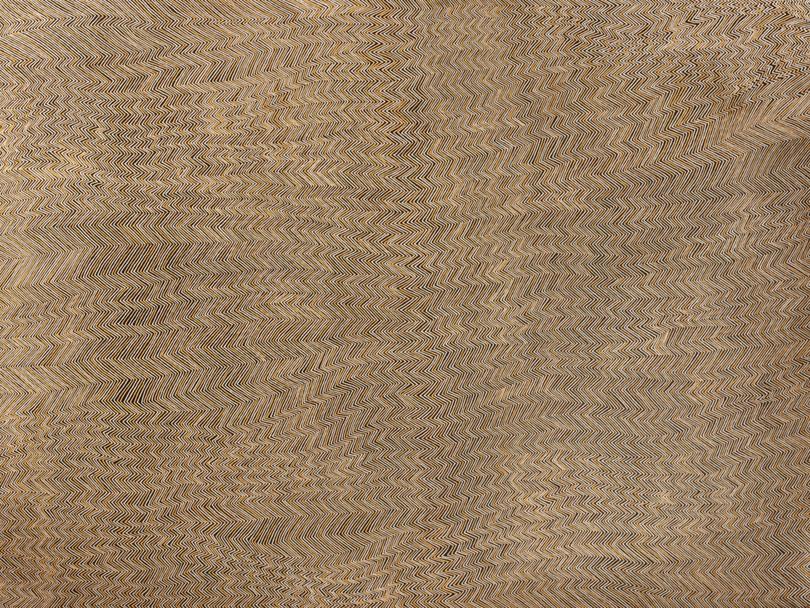
You might well double-take at this painting, in which ridges of sand seem to ripple off the canvas. If you stand very close, you’ll notice the lines are created with very fine, precise dots. This painting depicts the tali (sandhills) surrounding Marrapinti rockhole: a sacred site west of Kiwirrkurra in WA, where painter Doreen Reid Nakamarra (Pintupi/Ngaatjatjarra) lived and painted with her husband George ‘Tjampu’ Tjapaltjarri. It was he who charged Nakamarra with painting the women’s stories of his Country; her own ancestral lands were southwards, near Warburton. The dichromatic minimalist style is a hallmark of Kiwirrkurra painting.
On display in the Yiribana gallery, Naala Badu, Art Gallery of New South Wales (AGNSW), Warrane/Sydney.
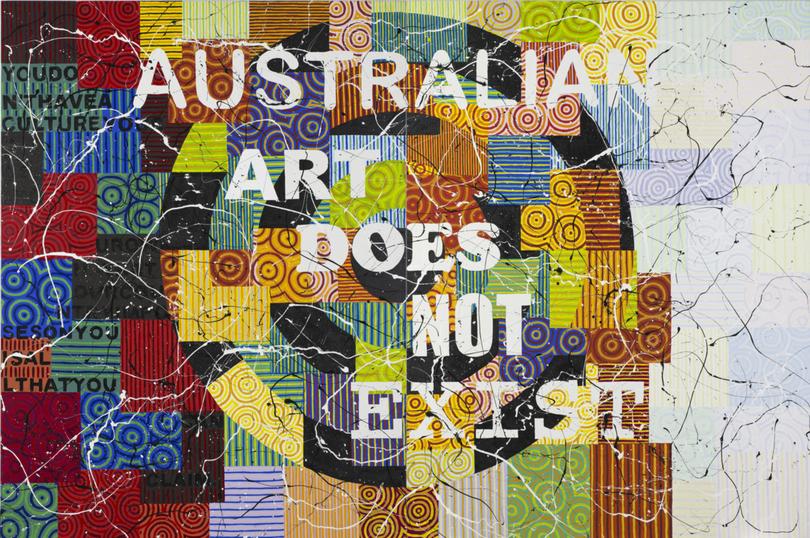
The first time you see them, the Bell’s Theorem paintings are like a slap to the side of the head: what’s going on? What does it mean!? From this disoriented state, you travel down the rabbit hole that’s opened up at your feet, seeking answers. Brisbane-based artist Richard Bell (Kamilaroi/Kooma/Jiman/Gurang Gurang people) has a bit of the ad man in him: he knows how to deliver a message. Here it’s not just the text but the deployment of motifs from Western Desert art (concentric circles) and US abstraction (splatters) to suggest that Australian art is an open-slather of appropriation. Once seen, never forgotten. See also: Bell’s Theorem.
On display at Queensland Art Gallery, Meeanjin/Brisbane.
tall man (2010)
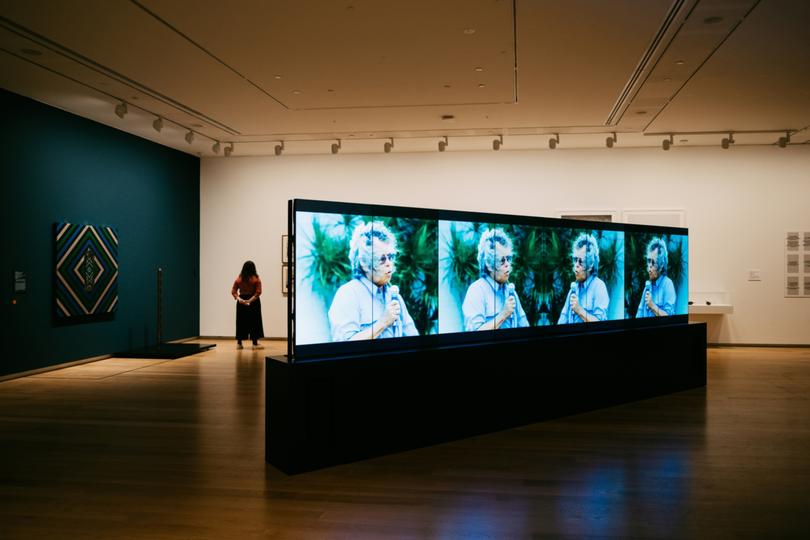
In this visceral 4-channel video, Queensland artist Vernon Ah Kee (Yalanji/Yidinji/Gugu Yimithirr/Koko Berrin peoples) turned his characteristically sharp gaze on a situation close to home: the conviction of Lex Wotton, his cousin, for inciting riots on Bwgcolman/Palm Island -- a former prison camp and reserve where Indigenous people were sent during Queensland’s Protection Era, including Ah Kee’s grandmother -- following the death in custody of 36-year-old Mulrunji (Cameron) Doomadgee. Splicing together phone video from community members with news, police and CCTV footage, Ah Kee puts you in the heart of a community in extremis, emotionally raw and pushed to breaking point. This work hits you in the heart and head.
On display from August 31 in Ever Present: First Peoples Art of Australia at the National Gallery of Australia (NGA), Kamberri/Canberra.
Siva in Motion (2012)
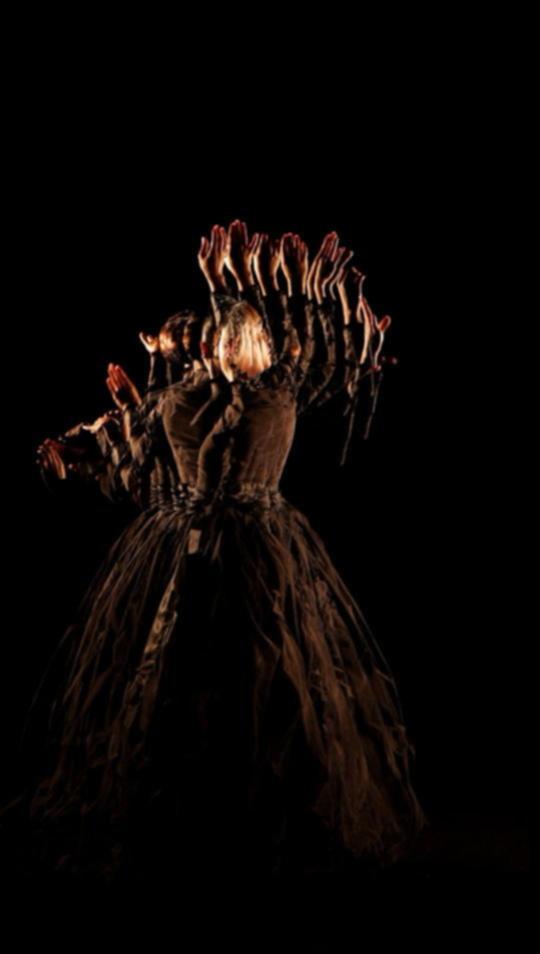
In this mesmerising silent video, Aotearoa New Zealand-based Pasifika and Fa’afafine (or “third gender”) artist Yuki Kihara dances her version of a Sāmoan taualuga, depicting the impact of the 2009 Pacific tsunami on her island and people. In the aftermath, Fa’afafine were the first responders. Multi-tracked in post-production, Kihara’s body movements and intricate hand gestures appear layered over each other, creating a dazzling multiplicity. Kihara appears as her alter ego Salome, who was inspired by an 1886 colonial portrait of Sāmoan woman wearing a Victorian mourning dress. As with Oscar Wilde’s Salome, this dance is an act of power and resistance.
On display until August 25 in sis: Pacific Art 1980-2023 at Queensland Gallery of Modern Art, Meeanjin/Brisbane.
After rain (2013)
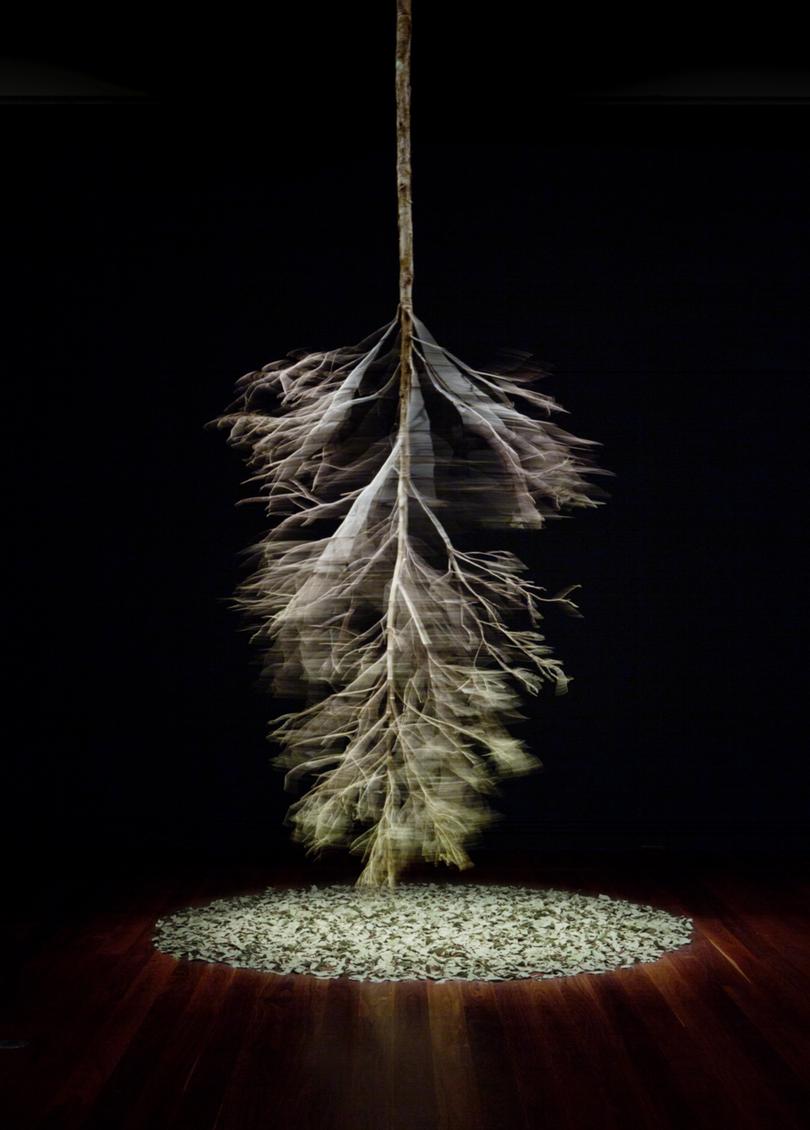
Hossein Valamanesh’s spinning tree is one of the most beloved works at AGSA. He created it as part of his stage design for When The Rain Stops Falling, a dystopian climate drama that premiered in 2008 in Tarntanya/Adelaide (his home city of almost five decades, after emigrating from Iran in 1973). On stage the leafless, inverted tree was a potent symbol for an ailing world; in the gallery it feels more meditative, lyrical. Valamanesh often used a spinning or looping motion to symbolise permanence and transience, and in reference to the Sufi dance of whirling dervishes, associated with enlightenment.
On display at the Art Gallery of South Australia (AGSA), Tarntanya/Adelaide.
White House (2015)
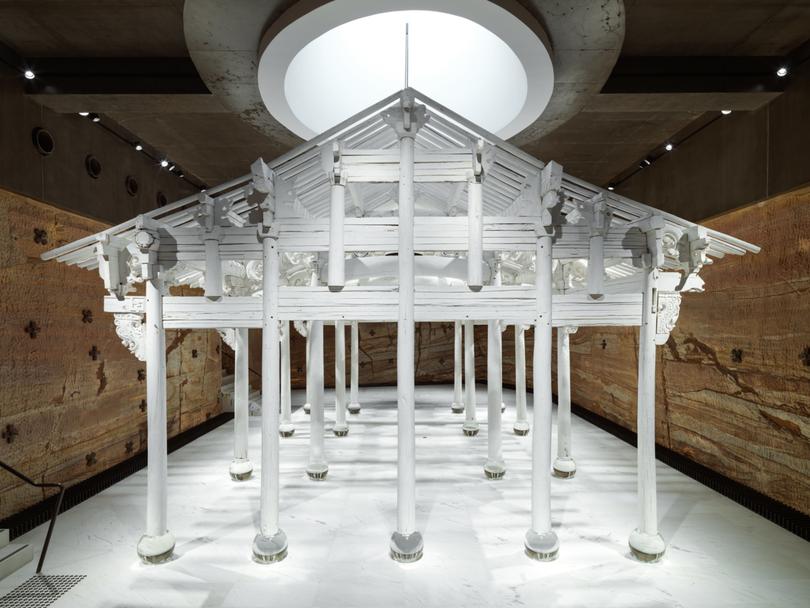
There’s something otherworldly about this work by Chinese dissident and conceptual artist Ai Weiwei. A centuries-old Chinese pavilion sitting in a subterranean chamber of MONA carved out of the sandstone rock, with an obliquely-angled skylight - a portal to the heavens. Ai has transformed the frame of a Qing Dynasty-era dwelling with a coat of white industrial paint (the colour of mourning), and affixed crystal-glass globes to the bottoms of each column (each of which generates an inverted reflection of the pavilion). In China, such dwellings - long-lasting, earthquake resistant, ingenious in their joinery - have been abandoned and demolished in the post-Cultural Revolution push to modernise.
On permanent display at the Museum of Old and New Art (MONA), nipuluna/Hobart.
Bound (2015)
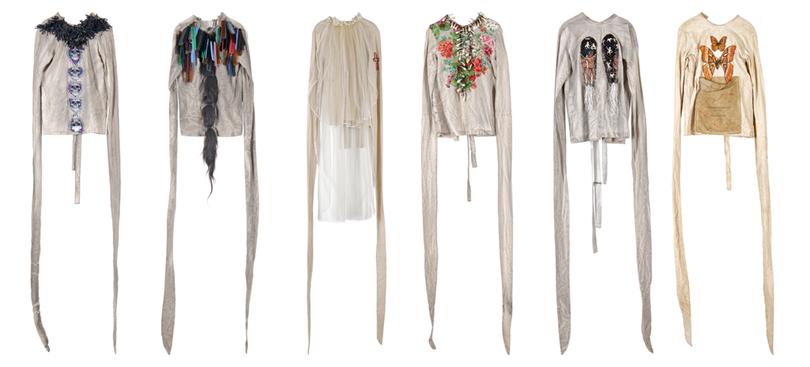
Beautiful until you get up close, then macabre. The six vintage straitjackets in this work have been painstakingly dyed, embroidered and embellished by Lismore-based Wiradjuri artist Karla Dickens, with each design representing a different reason women stay in abusive relationships. Dickens is often described as a bower bird: she forages and collects other people’s abandoned detritus, repurposing it in assemblages or collages that are potent with associations and connections. There’s a touch of that here, in the collars of plastic combs, monkey figurines, cow’s teeth. The emotion feels raw, the labour tender. In an accompanying poem, Dickens’s final word is run.
On display from June 22 in Karla Dickens: Embracing Shadows at Gosford Regional Gallery, Gosford. On loan from the Powerhouse Museum, Warrane/Sydney.
